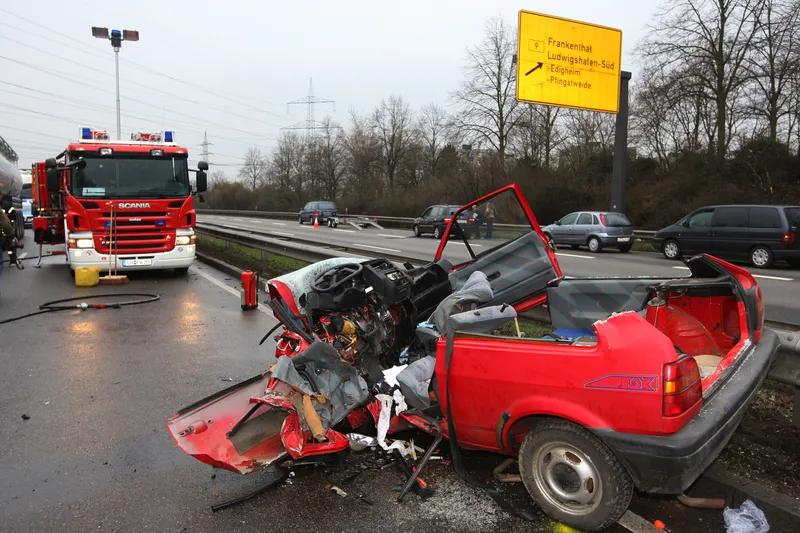The New South Wales government’s 2015 speed camera review shows that speed cameras continue to deliver positive road safety benefits, say the report’s authors.
Overall, the trend in road fatalities and annual speed surveys shows that the mobile speed camera program continues to deliver positive road safety benefits, compared with results before the reintroduction of the mobile speed camera program in 2010.
The 2014 road toll of 307 fatalities on NSW roads is the lowest annual figure since 1923. This i
July 20, 2016
Read time: 2 mins
The New South Wales government’s 2015 speed camera review shows that speed cameras continue to deliver positive road safety benefits, say the report’s authors.
Overall, the trend in road fatalities and annual speed surveys shows that the mobile speed camera program continues to deliver positive road safety benefits, compared with results before the reintroduction of the mobile speed camera program in 2010.
The 2014 road toll of 307 fatalities on NSW roads is the lowest annual figure since 1923. This is 32 per cent lower than in 2009 (453 fatalities), before the reintroduction of the mobile speed camera program.
There was also a 39 per cent reduction in speed related fatalities from 2009 to 2014, and results from the 2014 speed surveys show speeding remains below the level recorded in 2009.
When comparing the five years before the fixed speed cameras were installed with the most recent five years there has been a: 38 per cent reduction in the number of casualty crashes; 91 per cent reduction in fatalities; and 42 per cent reduction in injuries at these camera locations
Analysis of the red-light speed camera program shows encouraging results in changing driver behaviour. Reviewers found red light speed cameras had reduced casualties by almost 40 per cent, while pedestrian casualties were down by almost 45 percent.
Analysis of point-to-point speed enforcement lengths shows that there has been a low number of heavy vehicle crashes since cameras started operating. Infringement data for average speed offences in the 24 point-to-point enforcement lengths shows a high level of compliance and a low number of infringements.
The report concludes that the latest review has found that across the four programs, speed cameras are continuing to improve road safety in NSW. Early results from the red-light speed, mobile speed and point-to-point camera programs show that drivers are changing their behaviour, which overall is resulting in a reduction in crashes and casualties at camera locations and across the road network.
Overall, the trend in road fatalities and annual speed surveys shows that the mobile speed camera program continues to deliver positive road safety benefits, compared with results before the reintroduction of the mobile speed camera program in 2010.
The 2014 road toll of 307 fatalities on NSW roads is the lowest annual figure since 1923. This is 32 per cent lower than in 2009 (453 fatalities), before the reintroduction of the mobile speed camera program.
There was also a 39 per cent reduction in speed related fatalities from 2009 to 2014, and results from the 2014 speed surveys show speeding remains below the level recorded in 2009.
When comparing the five years before the fixed speed cameras were installed with the most recent five years there has been a: 38 per cent reduction in the number of casualty crashes; 91 per cent reduction in fatalities; and 42 per cent reduction in injuries at these camera locations
Analysis of the red-light speed camera program shows encouraging results in changing driver behaviour. Reviewers found red light speed cameras had reduced casualties by almost 40 per cent, while pedestrian casualties were down by almost 45 percent.
Analysis of point-to-point speed enforcement lengths shows that there has been a low number of heavy vehicle crashes since cameras started operating. Infringement data for average speed offences in the 24 point-to-point enforcement lengths shows a high level of compliance and a low number of infringements.
The report concludes that the latest review has found that across the four programs, speed cameras are continuing to improve road safety in NSW. Early results from the red-light speed, mobile speed and point-to-point camera programs show that drivers are changing their behaviour, which overall is resulting in a reduction in crashes and casualties at camera locations and across the road network.








